The history of the armored warship between 1860 and 1890 is very confusing, particularly due to the lack of consistent nomenclature. I've done what I can to simplify it, but this is going to be messy.1
The first armored warships were built during the Crimean War at the behest of Napoleon III. He wanted ten floating batteries to attack the Russian defenses in the Crimea and the Baltic, but French industry could only produce five. The British built the other five, although only the French ships went into action before the end of the war, taking part in the Battle of Kinburn, where three of them destroyed a Russian fort in a matter of hours with minimal casualties to themselves. They were slow and hard to maneuver, but gave British and French designers experience that would be valuable when they embarked on proper seagoing ironclads.2

The French Ironclad Gloire
The first of these ships was the French ironclad Gloire, launched in 1859. She was wooden-hulled due to industrial limitations in France, and ultimately was a fairly conventional design.

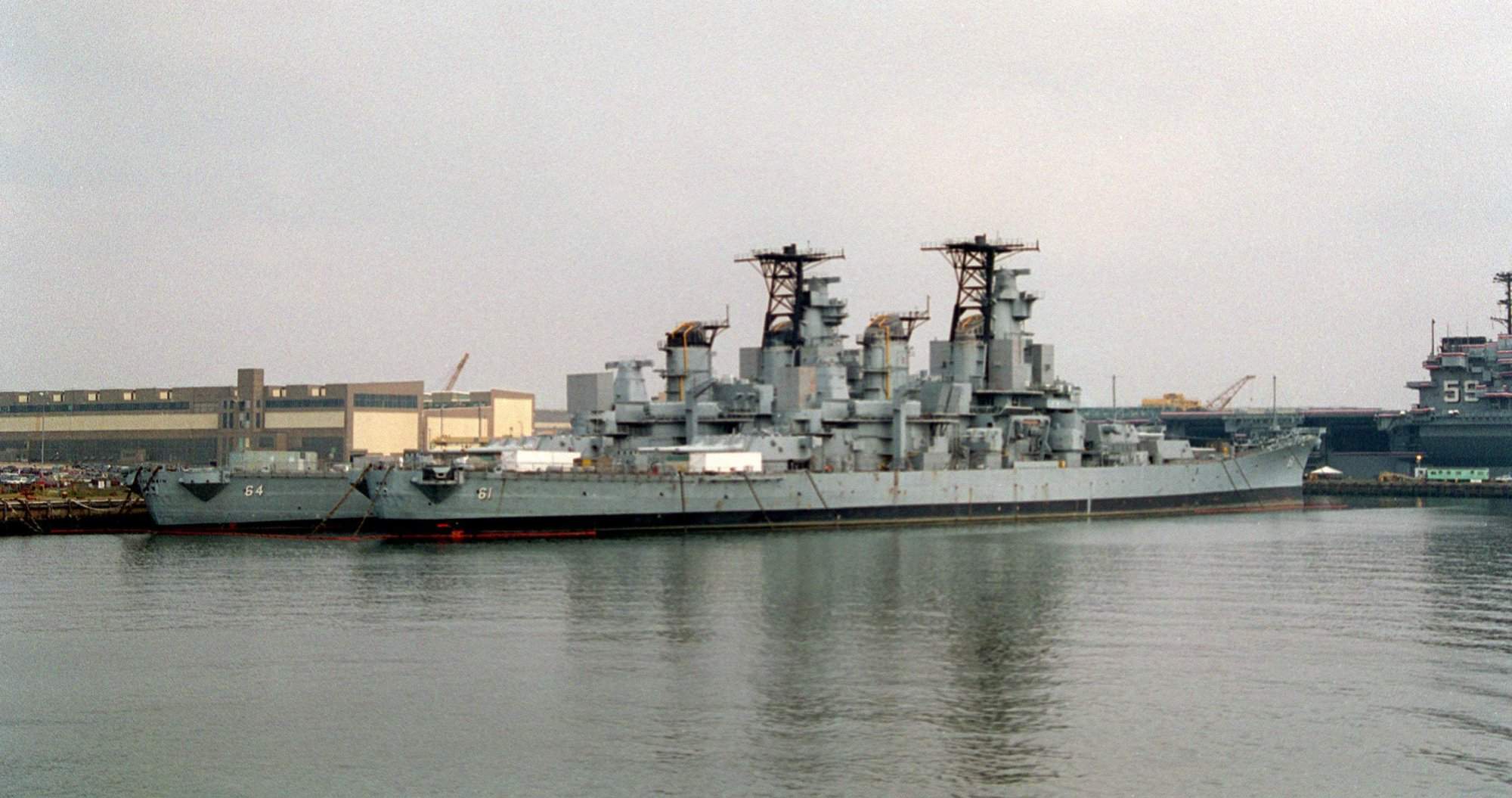
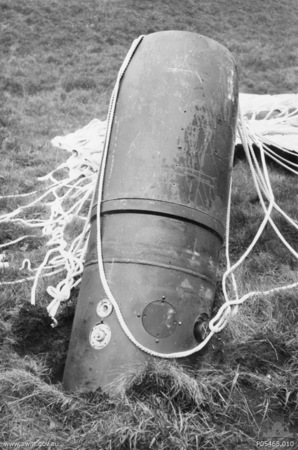
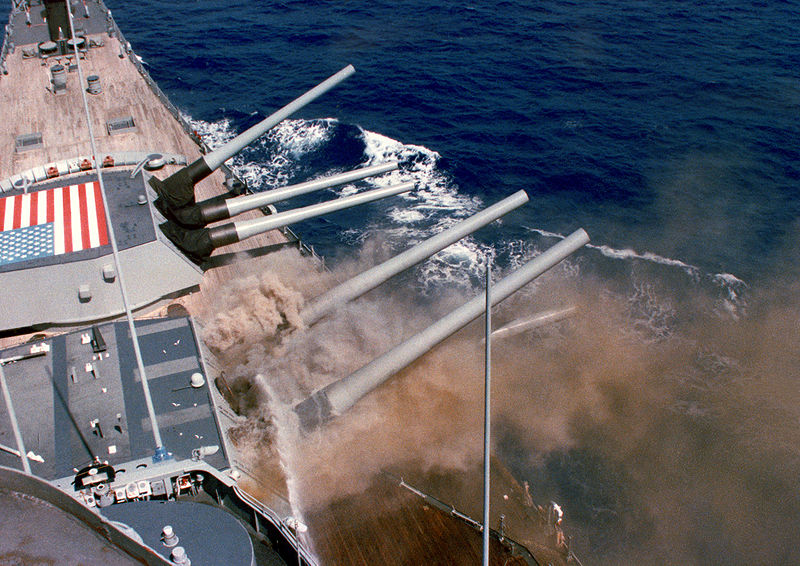
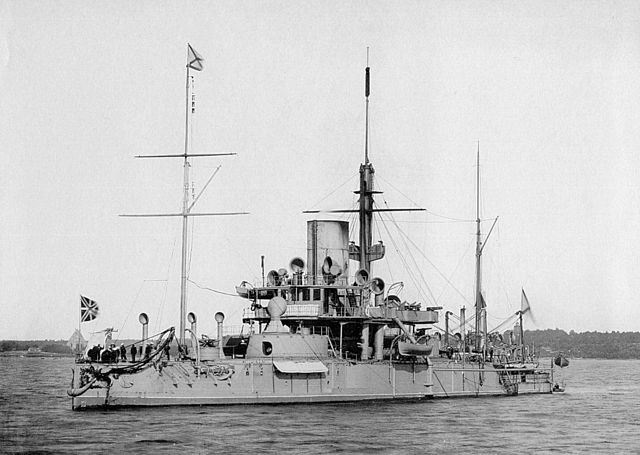


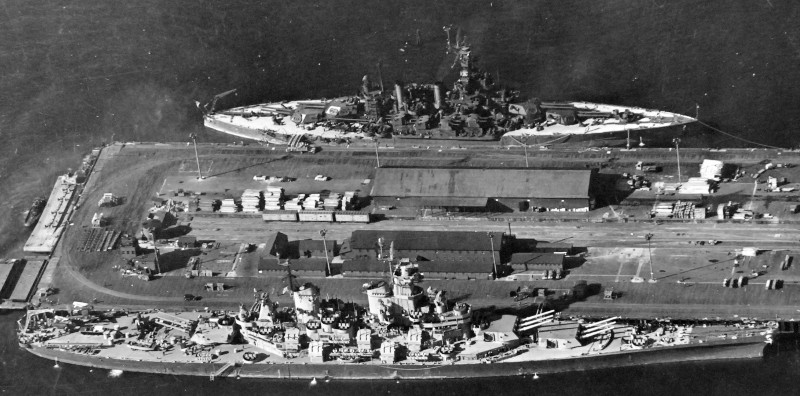
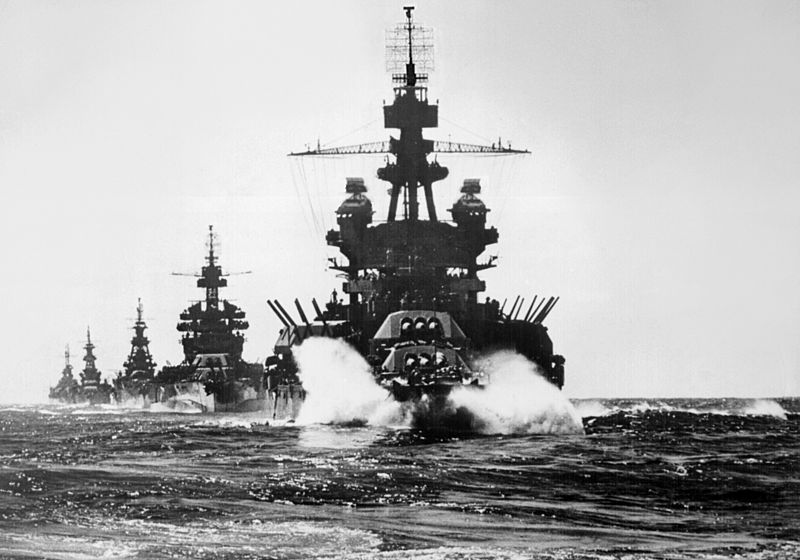
Recent Comments